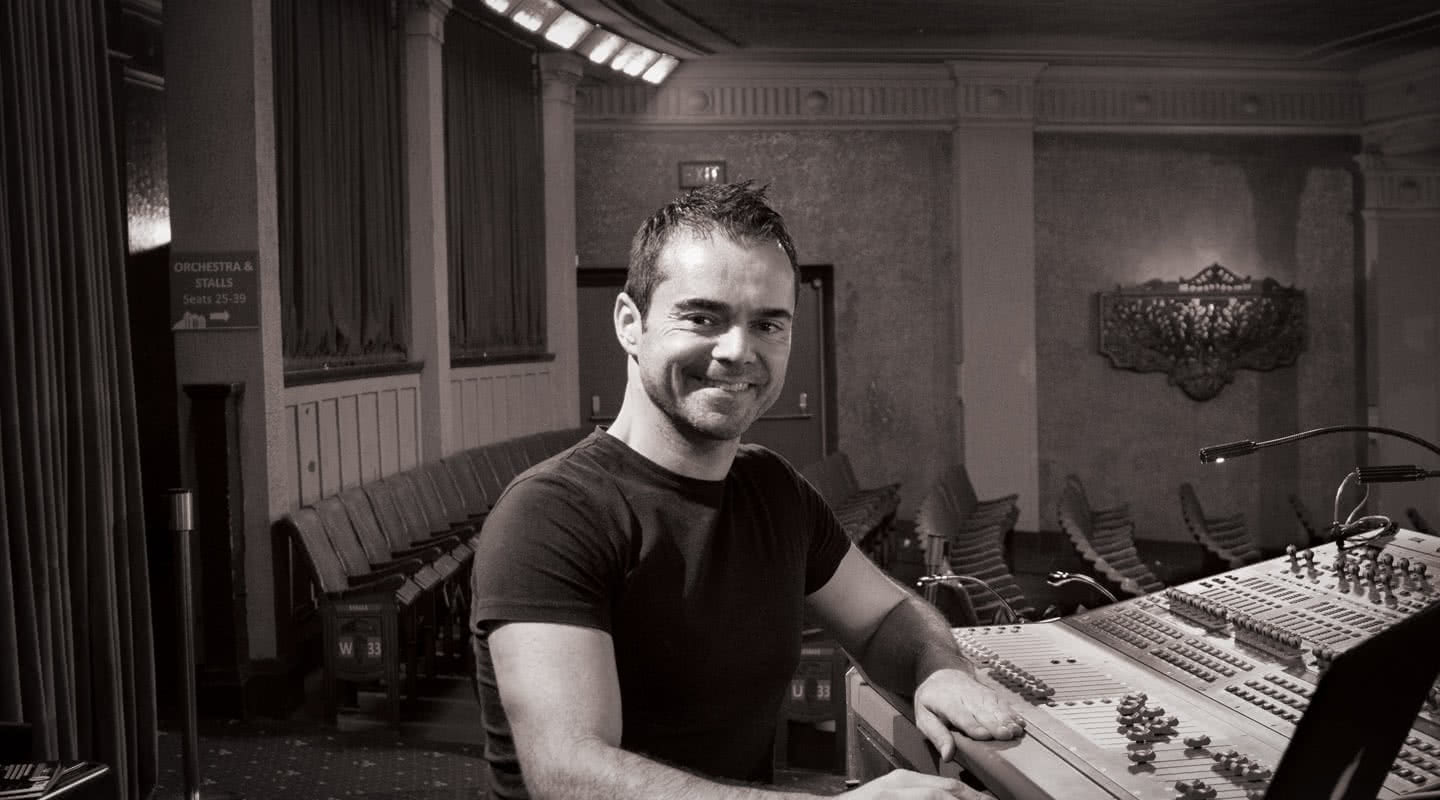
The Quick Mix: Gerard Albo
With Gerard Albo.
Interview: Christopher Holder
Who have you been touring with/mixing recently?
I’m currently out with Anastacia. After some health setbacks she’s back at the top of her game.
Can you name some other bands that you have worked with?
I’ve recently done some work with Morten Harket (A-Ha) and looking forward to getting the new Avid S6L in time to go out with all of A-Ha on a festival tour later this year. I do quite a lot of live broadcast mixing, and I spent five years mixing FOH for Amy Winehouse, then Patti Smith, A-Ha and others.
From your accent you’re obviously French?
That’s right but I moved to the UK around 15 years ago and I live on the south coast of England. My first live mixing job was in the UK.
You’re touring Australia with an Avid Profile but I gather you’re an S3L convert?
Going back a few years, I was actually one of the first to use the Profile, or the Venue as it was known then. I loved it right away. It was exactly what I was looking for. What with the plug-ins, it felt more like a computer DAW than a live mixer, and that suited me. At the time I only had eight channel faders because we couldn’t afford the space to carry the sidecar, so I was mixing 40 channels on eight faders. It got me thinking at the time that what I was loving most was the software and that I would actually be just as happy with the software and just a few knobs. So, effectively, that’s how long I’ve been waiting for the S3L, since 2006!
You don’t crave the tactile aspects of a large console?
If the show’s already programmed, you don’t really need to have 40 faders. You recall your scene and do some tweaks. You don’t need all the hardware or instant visual access to all 60 channels. The S3L surface is flexible enough and customisable enough to make it easy.
So each snapshot will bring what you need under your fingertips?
That’s definitely one way of doing it. Personally, I like my faders to not move around, I like to know where to find them. But, for example, I like to put a graphic EQ across my vocal, and that will be what I turn to if I need to tweak the vocal when Anastacia’s talking between songs — I can leave my parametric settings alone. On the S3L I’ve got the footswitch set so it brings up that graphic EQ when I hit it.
What’s your FOH philosophy?
So much of the music we listen to — whether it’s on the radio or recorded — is really heavily compressed, while the beauty of a live show is in its dynamic range. So why compress? I certainly don’t put compression on the output bus and I don’t compress the drums — I don’t like the sound and you don’t need to. Sure, compression is a great tool for vocals, keyboards and bass, but leave it off the drums.
And, finally, where’s the professional reward on a tour like this?
Life on the road requires your full concentration and a lot of commitment. On this tour we’ve got a great bunch of guys and we encourage each other to stay fit and eat well. You can’t be drinking and taking drugs on tour, it just doesn’t work. So there’s a discipline to life on the road. But there are times, and often they’re at a big festival, when everything clicks and you experience pure joy — 60 minutes of adrenalin and a huge endorphin hit. It’s at those times you have to remind yourself to really soak it up and enjoy it. All that hard work, preparation and looking after yourself has paid off. That’s the reward.
S3L CASE
I’ve been working with a great flight case company, building my ideal S3L ‘command module’. Admittedly, it completely defeats the point of having something light and portable, because now I need people to help carry this setup! Still, it is compact and self contained — you simply open the lid, pull the screens up and switch it on. For festivals it’s super convenient. I have a footswitch that’s assigned to my vocal graphic EQ. And I have a gooseneck as my talkback mic. I rang a good friend at Sennheiser in Paris and mentioned the gooseneck and how I’d really like to go hands-free. He kindly sent me one through and now it’s integrated into my case. I have a switch, like an old fashioned confidence switch, and that goes into an XLR input. I hit the switch and it’s assigned to be routed into the monitors and in-ears. I also have a Mac Mini in my case so I don’t have to bring a laptop to record a gig. You have to be careful, the Avid AVB network interface isn’t compatible with OS X Yosemite yet, only Mavericks.
TOM TRIGGERS
I have Roland piezo triggers on the toms that open the gates via the sidechain input. When a really hard-hitting drummer hits the snare or adjacent tom then all your gates open. But if you set up the gate too tight to compensate, you can miss some sensitivity. I want the sound to be as clean as possible and, with triggers, you can hit as hard as you like because they’re only opening the gate when that toms actually hit. The trigger just goes into a DI, which comes into the desk (it’s not routed anywhere) and is used as the key on the sidechain of the tom gate.



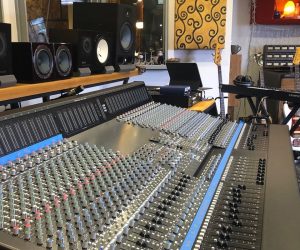

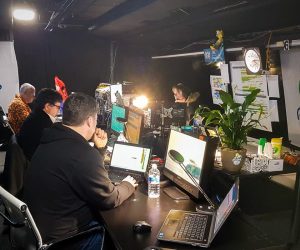






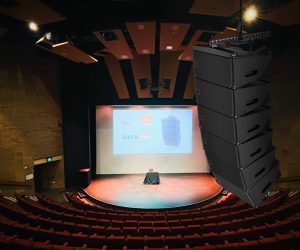
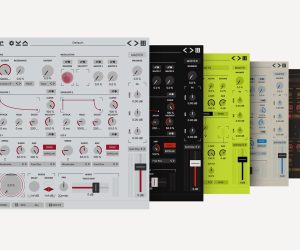
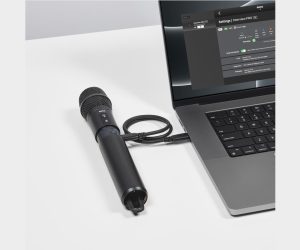


RESPONSES